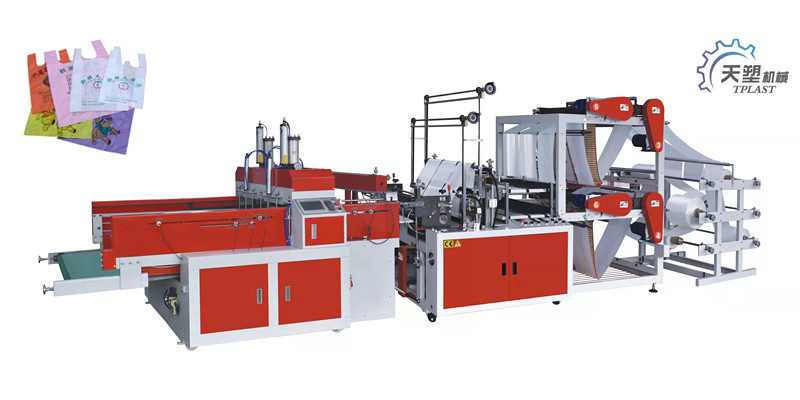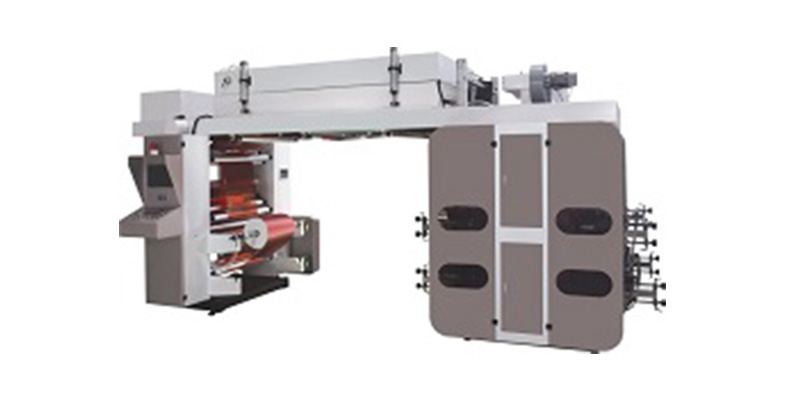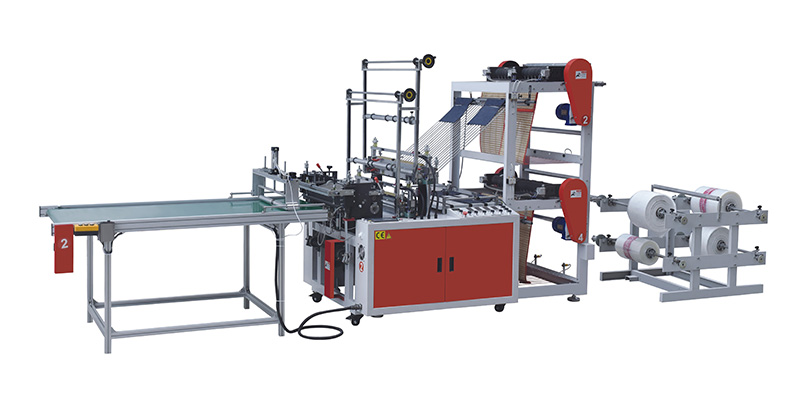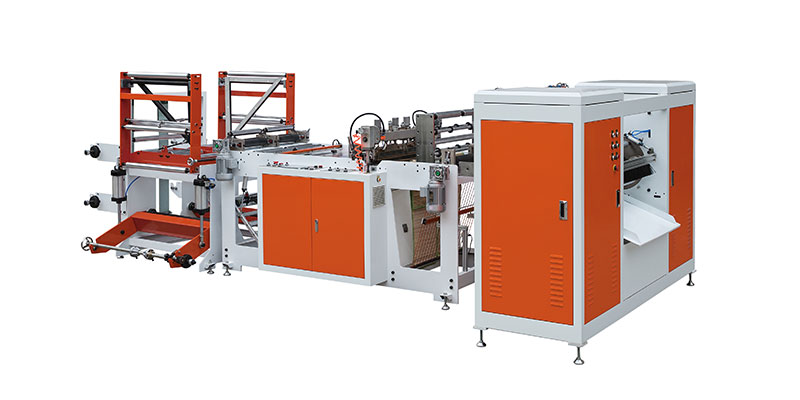How Bag Making Machine Achieves Efficient Production
In the landscape of modern industrial manufacturing, efficiency is the cornerstone of profitability and market competitiveness. Within the packaging sector, this principle is epitomized by the advanced Bag Making Machine. Far from being a simple mechanical device, it is a sophisticated integration of mechatronics, precision control, and automated systems. These machines are engineered to transform polymeric films, papers, or non-woven fabrics into finished bags with optimal speed, minimal waste, and exceptional consistency. This article delves into the core operational and engineering principles that enable bag making equipment to achieve such remarkable levels of production efficiency, forming the backbone of a high-throughput packaging supply chain.
1. High-Speed Automation: The Core of Efficiency
The most significant factor is automation. Modern bag making machines are fully automated systems.
- Continuous Operation: Unlike manual processes, these machines can run 24/7 with minimal supervision. They automatically take in rolls of flat film (plastic, paper, or non-woven fabric), perform all the necessary operations, and output finished bags without stopping.
- Reduced Labor Costs: A single automated machine, operated by one or two personnel, can produce the output that would previously have required a large team of workers. This drastically reduces labor costs and human error.
- Integrated Processes: A single machine performs multiple steps in one seamless flow—unwinding, printing (if integrated), sealing, cutting, and counting. This eliminates the time and handling required to move materials between different stations.
2. Precision Engineering for Consistency and Less Waste
Efficiency isn't just about speed; it's about maximizing output from input. Bag making machine technology excels in this through precision.
- Accurate Sealing and Cutting: Advanced servo motors and digital controls ensure that every heat seal is perfectly strong and every cut is clean and precise. This consistency means there are no weak seals that lead to product failure and no mis-cuts that result in wasted material.
- Material Optimization: The machines are programmed to use the exact amount of material needed for each bag, with minimal overlap or trim waste. This precision directly translates to lower material costs and higher material yield.
- Quick Changeover: Modern machines feature digital settings that allow operators to quickly switch between different bag sizes and specifications. This reduces downtime during production runs for different orders, making the entire operation more flexible and responsive to market demands.
3. Advanced Features for Enhanced Performance
To push efficiency even further, bag making equipment often incorporates advanced features.
- Servo Motor Technology: Servo-driven machines are more energy-efficient, quieter, and offer superior control over the bag-making process compared to their older, clutch-motor counterparts. This allows for more complex bag designs and higher speeds.
- Integrated Printing: Many machines come with inline printing units. This means the film can be printed with logos or information and then immediately converted into a bag, combining two production steps into one and saving significant time.
- Computerized Monitoring Systems: Operators can monitor production rates, track material usage, and diagnose issues in real-time through a touchscreen interface. This data-driven approach helps in proactive maintenance and optimizing production parameters for peak performance.
4. The Impact of Reliable Bag Making Equipment
The efficiency of a bag making machine has a direct ripple effect on the entire business.
- Lower Production Cost: Higher output with less waste and lower labor costs means the cost per bag is significantly reduced.
- Increased Production Capacity: Businesses can fulfill large orders quickly and reliably, leading to higher customer satisfaction and the ability to scale operations.
- Improved Product Quality: Consistent, precision-made bags enhance the brand's reputation and reduce returns or complaints due to packaging failure.
Conclusion
In conclusion, the operational efficiency of a modern Bag Making Machine is a direct function of its advanced engineering. It represents a holistic system where high-speed automation, sub-millimeter precision, and data-informed process control converge to maximize throughput and minimize total cost of ownership. The strategic integration of servo systems, inline processing, and rapid changeover capabilities ensures that these machines are not merely production tools, but critical assets for optimizing supply chain logistics and maintaining a competitive edge. As the demands for sustainable and cost-effective packaging solutions grow, the continued innovation in bag making equipment will remain pivotal to the industry's evolution.

 English
English Français
Français Español
Español



